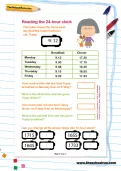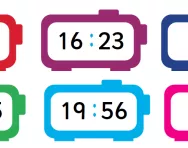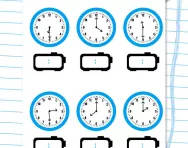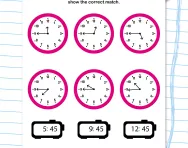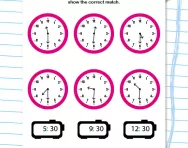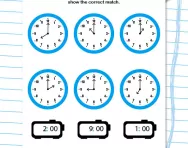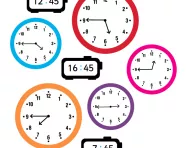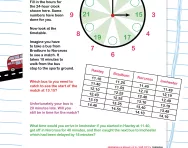TheSchoolRun.com closure date
As we informed you a few months ago, TheSchoolRun has had to make the difficult decision to close due to financial pressures and the company has now ceased trading. We had hoped to keep our content available through a partnership with another educational provider, but this provider has since withdrawn from the agreement.
As a result, we now have to permanently close TheSchoolRun.com. However, to give subscribers time to download any content they’d like to keep, we will keep the website open until 31st July 2025. After this date, the site will be taken down and there will be no further access to any resources. We strongly encourage you to download and save any resources you think you may want to use in the future.
In particular, we suggest downloading:
- Learning packs
- All the worksheets from the 11+ programme, if you are following this with your child
- Complete Learning Journey programmes (the packs below include all 40 worksheets for each programme)
You should already have received 16 primary school eBooks (worth £108.84) to download and keep. If you haven’t received these, please contact us at [email protected] before 31st July 2025, and we will send them to you.
We are very sorry that there is no way to continue offering access to resources and sincerely apologise for the inconvenience caused.
Reading the 24-hour clock
What is the 24-hour clock?
The 24-hour clock is a way of telling time that uses the numbers 0 to 23 to represent the hours of the day. It's also known as military time or the international time system. Instead of dividing the day into two sets of 12 hours (from 1 to 12, and then repeating from 1 to 12 again), the 24-hour clock continues counting from 13 to 23 for the afternoon and evening hours, and then starts over at midnight with 0 (midnight) and goes up to 11 for the morning hours.
How do you teach your child to tell the time using the 24-hour clock?
Here are some steps you can follow to help your child learn how to tell the time:
Introduce the concept
Start by explaining the concept of the 24-hour clock to your child. You can use visual aids such as a clock with both 12-hour and 24-hour markings to show the difference.
Use daily examples
Point out examples in your daily routine where the 24-hour clock is used. For instance, when discussing schedules or setting alarms, refer to both 12-hour and 24-hour times.
Learn hours
Begin with teaching your child the hours of the day using the 24-hour clock. Start with the morning hours (1:00 to 12:00) and gradually introduce the afternoon and evening hours (13:00 to 23:00).
Practise with activities
Use interactive activities such as games, worksheets, or online quizzes to practice reading and writing times in the 24-hour format. You can create scenarios where your child has to convert between the 12-hour and 24-hour clock.
How will this worksheet help your child learn to tell the time using the 24-hour clock?
This worksheet was created by a teacher, with the purpose of reinforcing your child's learning and building their confidence in their ability to tell the time using the 24-hour clock. They must look at the various times that a cat is being fed by its owner, and then answer the questions using their 24-hour knowledge.
For more support with telling the time, check out our hub page, or try a new challenge such as our Time intervals worksheet.
